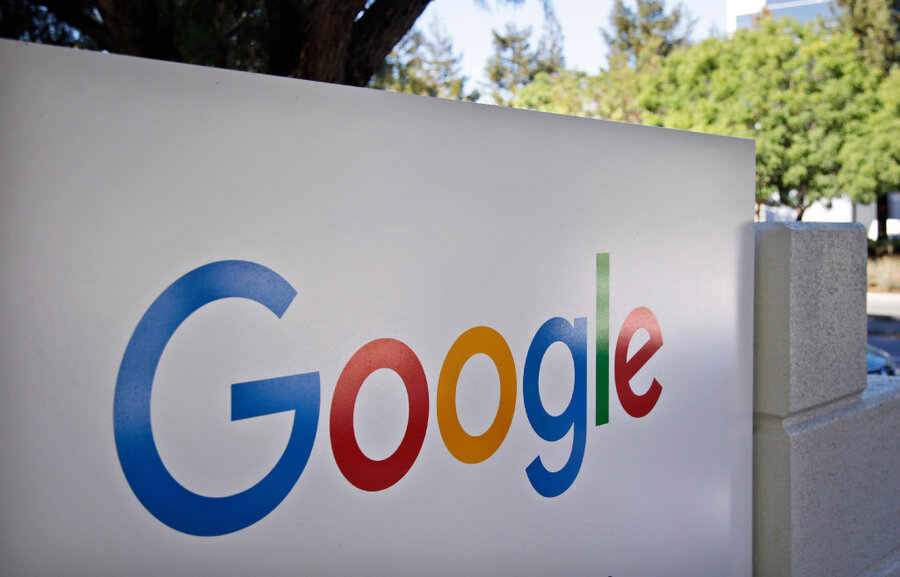Is Google underpaying its female employees?
Loading...
Women working at Google may have taken home smaller paychecks than their male coworkers doing similar jobs, a new report claims.
Released Friday by the Department of Labor, a report investigating pay equity at Google claims that women are shortchanged at a rate worse than most tech companies, which have a history of giving men preference in hiring and pay. The probe followed a January lawsuit that sought to bar the federal government from doing business with Google as a contractor unless it addressed pay disparity concerns with an audit of its compensation records.
The scathing report was filed after Google provided some of requested records regarding pay, but withheld other information, arguing that it would invade worker privacy.
"We found systemic compensation disparities against women pretty much across the entire workforce," Janette Wipper, a Labor Department regional director, testified, according to a report published by The Guardian.
The company has a long been criticized for its gender inequality in the workplace. Just 19 percent of Google’s tech positions are held by women, and the company overall doesn’t fare much better, with women making up just 30 percent of the company’s 70,000 employees.
But Google isn’t unique in its hiring practices; gender discrimination has become a common feature of the tech industry, which has favored white and Asian men over women for years. While some have taken steps to reduce the barriers or re-examined hiring practices, changes are coming slowly to the male-dominated Silicon Valley. That phenomenon comes sometimes from direct discrimination within a company, as well as a historic trend of steering women away from careers in science and technology and toward liberal arts fields.
And overall, women continue to fall behind men across various fields. Last week marked Equal Pay Day for 2017, which recognizes how far into the new year the average woman must work to meet the average man’s earnings in 2016. While that gap has slowly closed, inequalities persist that put women at disadvantages.
Google refuted the Labor Department's claims, arguing that it has examined its practices and made its pay methodology public.
“We were quite surprised when a representative of the Office of Federal Contract Compliance Programs at the U.S. Department of Labor (OFCCP) accused us of not compensating women fairly,” Eileen Naughton, vice president of the company’s people operations, said in a blogpost. “We were taken aback by this assertion, which came without any supporting data or methodology.”
“Our analysis gives us confidence that there is no gender pay gap at Google,” she continued.
That process involves analysts calculating a salary, without access to an employee’s gender, based on job role, location, and performance ratings. The salary is then fed into a pay equity model developed by the company, which looks at employees in the same job categories and looks at the salary to determine if any statistical differences exist across gender, according to Ms. Naughton.
While an employee’s manager has some say in making a final adjustment, he or she must provide a valid reason for shifting from the model.
Whether Google’s pay model disadvantages women remains to be seen. But government crackdowns across Silicon Valley could push companies to change their ways; in seeking tech companies bidding for government contracts, the Labor Department has jurisdiction to vet the companies and decline those who lack equal pay and hiring practices based on gender and race.
This report contains material from the Associated Press.






